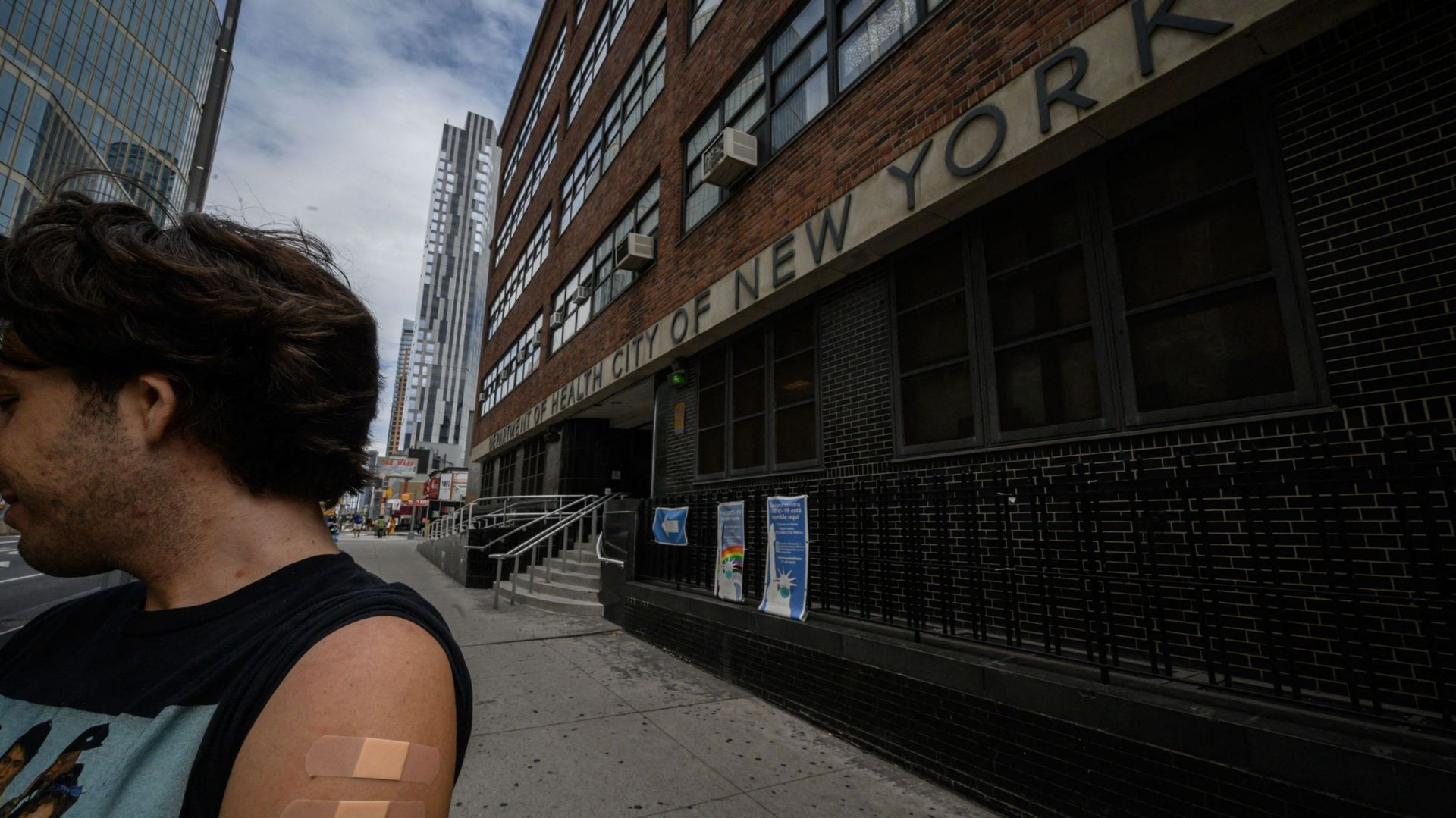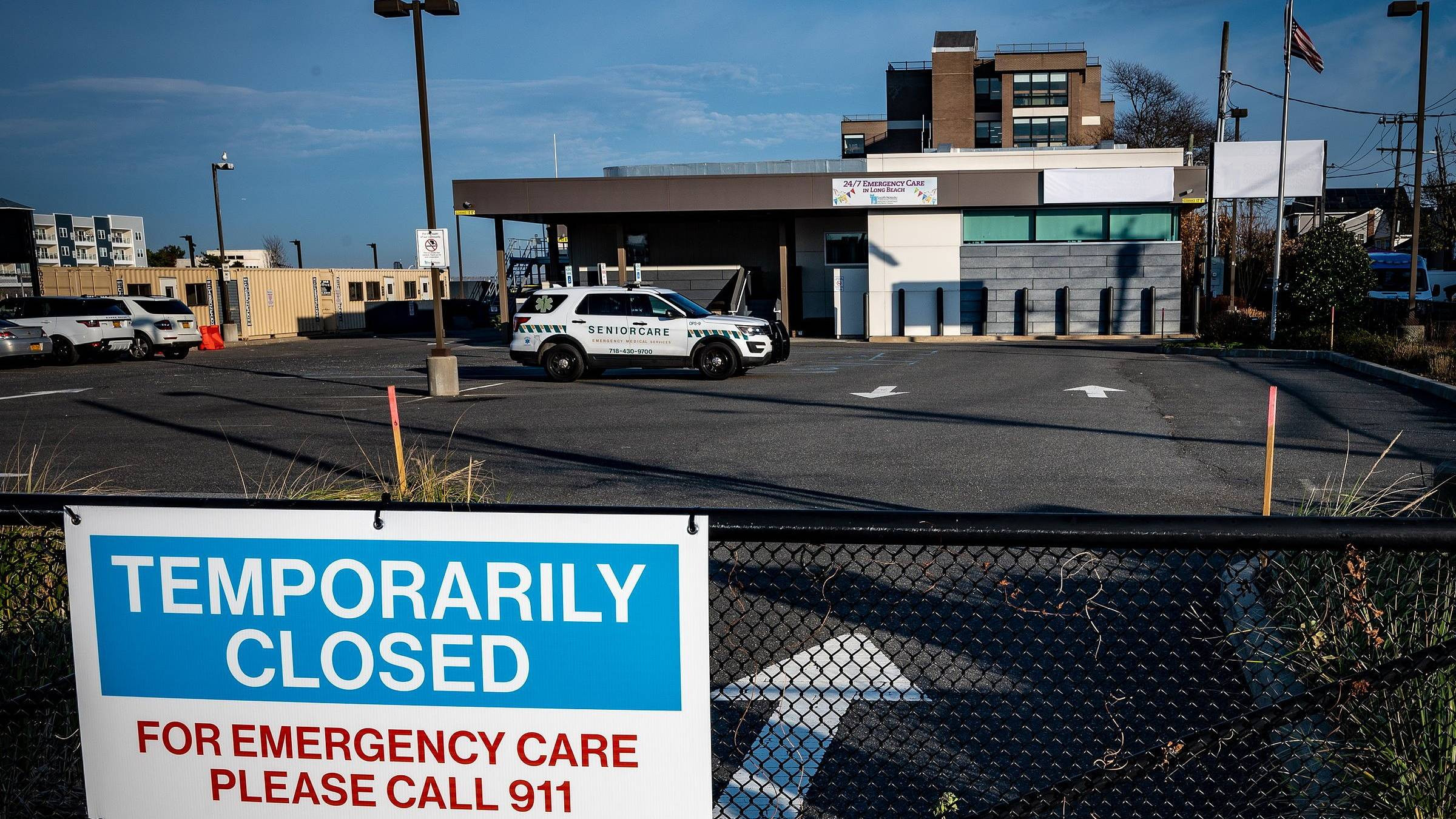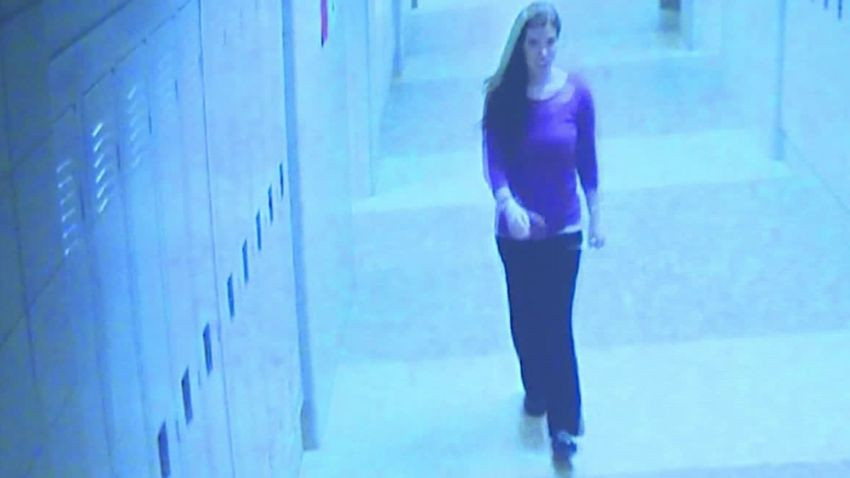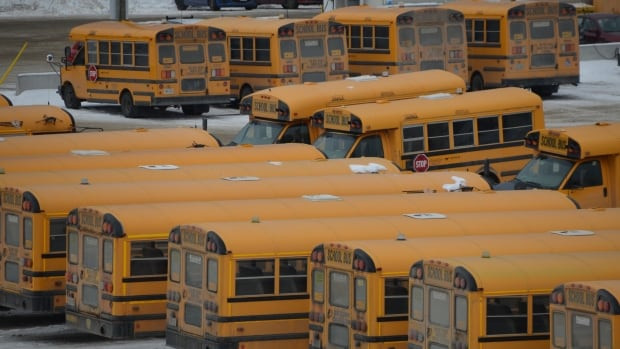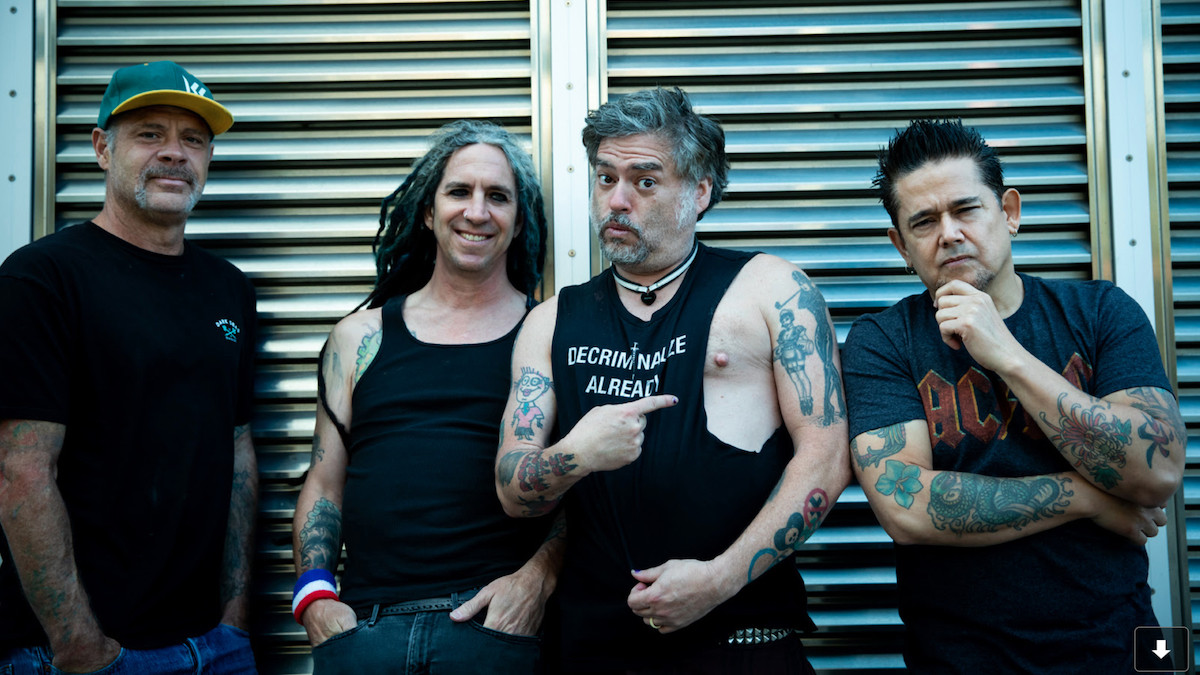Concerns about the dangers of mosquito-borne viruses are on the rise after the first New York resident to contract eastern equine encephalitis (EEE) since 2015 died last weekend, New York Gov. Kathy Hochul announced on Monday.
The death, which happened in Ulster County, prompted Hochul to declare a public health emergency in the state in an effort to contain the virus’ spread, which has been more prevalent this year than in years past. The virus, which is contracted through the bite of an infected mosquito, has been on the rise across the Northeast, prompting Massachusetts coastal towns to shut down parks and playgrounds to better protect residents amid concerns about the deadliness of the disease. Some 30% of people who have a serious case of EEE die, according to the Centers for Disease Control and Prevention (CDC), though that number can be even higher in some years.
“Eastern equine encephalitis is different this year,” said State Health Commissioner James McDonald in a press release on Monday. “While we normally see these mosquitoes in two to three counties each year, this year they have been in 15 counties so far, and scattered all over New York State.”
“This life-threatening mosquito-borne disease has no commercially available human vaccine and must be taken seriously. Mosquitoes, once a nuisance, are now a threat,” McDonald added.
Understanding EEE and its Transmission
EEE virus exists in a natural cycle between Culiseta melanura – the black-legged or black-tailed mosquito – living in eastern freshwater hardwood swamps and certain birds that reside in such swamps. Culiseta melanura mosquitoes feed almost exclusively on birds and usually do not bite humans or horses. However, more common mosquitoes such as Aedes, Coquillettidia and Culex can sometimes bite infected birds, become infected themselves and then transmit EEE virus to nearby humans or horses. These are called “bridging” mosquitoes.
“In individuals who do survive eastern equine encephalitis, we often do see folks go on to have virologic deficits longer term. So [it's] definitely one of our more severe arboviral infections,” says Jennifer White, director of the Vector-Borne Disease Program at the New York State Department of Health.
The virus causes inflammation in the brain that can then cause an onset of other symptoms, including fever, headaches, vomiting, weakness, etc., according to Staples. In more serious cases, people can also experience seizures and go into a coma.
Treatment and Prevention
Because EEE is a virus, there is no treatment for those infected. And unlike other mosquito-borne viruses, eastern equine encephalitis virus can affect people of all age groups.
Experts emphasize that it's even more important to be cautious because the virus has no treatment. “With viral diseases that are transmitted to people, either through the bite of a mosquito or tick, there is not a specific medication, or antiviral,” says Staples. “The doctor may prescribe for more subtle symptoms…[but] with severe illness like eastern equine encephalitis, people will need to be hospitalized, and the healthcare system and doctors will help provide supportive care to try to get them through the acute illness.”
The best way to protect yourself is by protecting your skin to avoid getting bitten. “That would mean things like wearing long sleeves, long pants at dawn and at dusk, when mosquitoes tend to be most active,” White says, while also mentioning the importance of wearing bug repellent. Staples adds that people should make sure they use EPA-recommended brands and check that their window screens are intact. Since water attracts mosquitoes, avoiding still water in your backyard is also pivotal.
“You just basically want to make your property, and any place with standing water, are inhospitable to mosquitoes,” says Staples. “If you have a bird bath, overturn that before mosquito larva gets a chance to develop into adults.”
State Response
New York Gov. Kathy Hochul has announced a series of steps to protect the state’s residents from EEE, including increasing access to insect repellent at state parks and facilities, as well as increase public outreach about the disease. Local health departments in the state are also expected to decrease park hours during what they consider peak hours of mosquito activity. White says that officials are especially concerned about EEE this year because there have been reports of the virus in mosquitoes, emus, and horses across 15 counties. “What sort of made this year unprecedented is the geographic range we're seeing EEE in this year,” says White. “That has everyone's concern level raised a bit, and we're also seeing high levels of West Nile virus—we're seeing more human cases than we have before.”
“Keeping New Yorkers safe is my top priority,” Hochul said in a statement.
Looking Ahead
Staples says it's hard to predict when arboviral diseases are on the upswing because the spread of the disease can depend on multiple factors, including the diseases’ spread to other animals like birds and horses. The highest number of cases ever recorded in one year was 38 in 2019, according to an article published in the National Library of Medicine Journal.
“If there's less water, more water, hurricanes, or other things, that can obviously affect the ecosystem which birds live in. The CDC worked with New Jersey several years ago to look at why things had changed in terms of their EEE, and some of it was human use patterns and changing ecology which influenced where the virus would be located,” says Staples.
“We're not telling individuals not to be outside, but if you're going to be outside to take steps to prevent you from getting a mosquito borne illness, protect yourself from mosquito bites whenever possible,” she adds.
While fall is officially here, mosquitoes will be a threat to New Yorkers until there are multiple days of below freezing temperatures.
Health officials have also reported cases in Massachusetts, Vermont, New Jersey, Rhode Island, Wisconsin, and New Hampshire. There have been at least 11 human cases across the US this year.
The CDC is encouraging people to listen to their local and state officials in order to best protect themselves from EEE.
While EEE is a serious threat, it is important to remember that most people who are infected with the virus do not experience any symptoms. If you are concerned about EEE, talk to your doctor.




